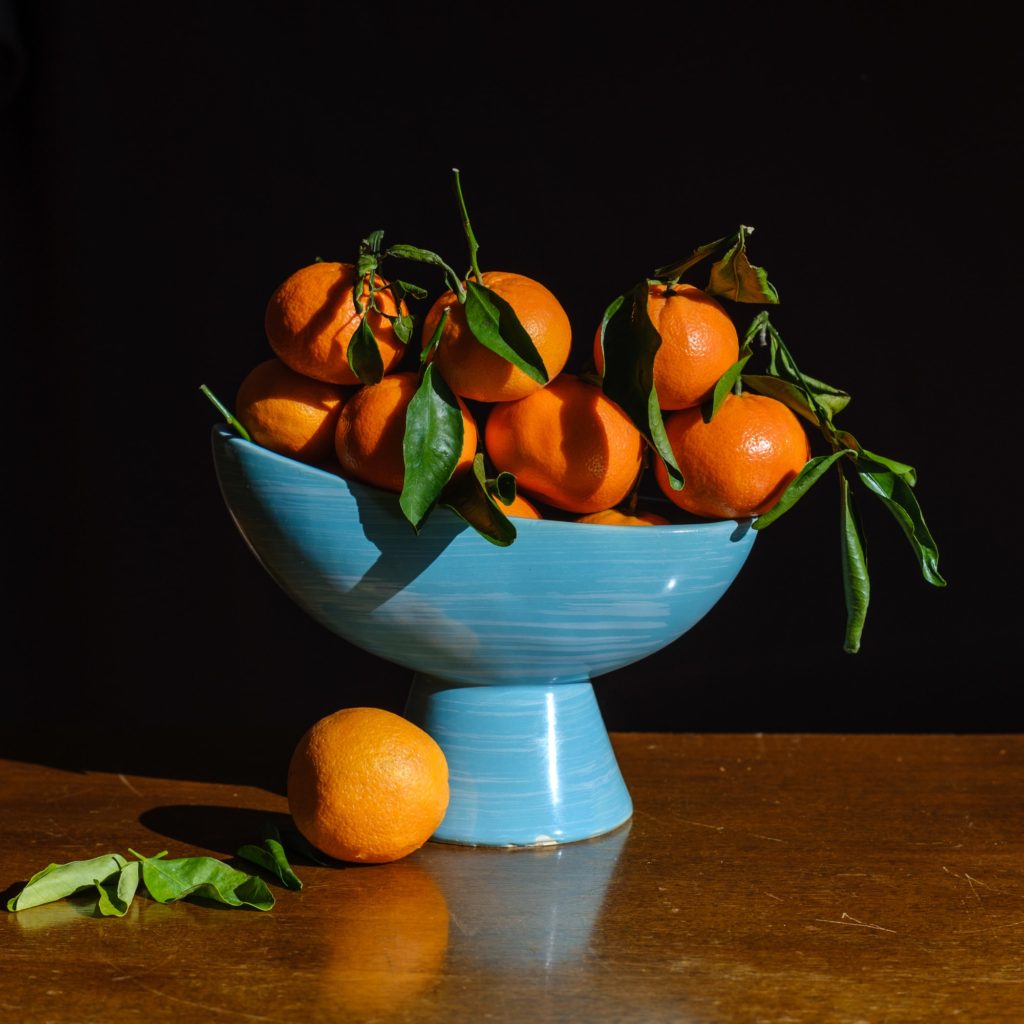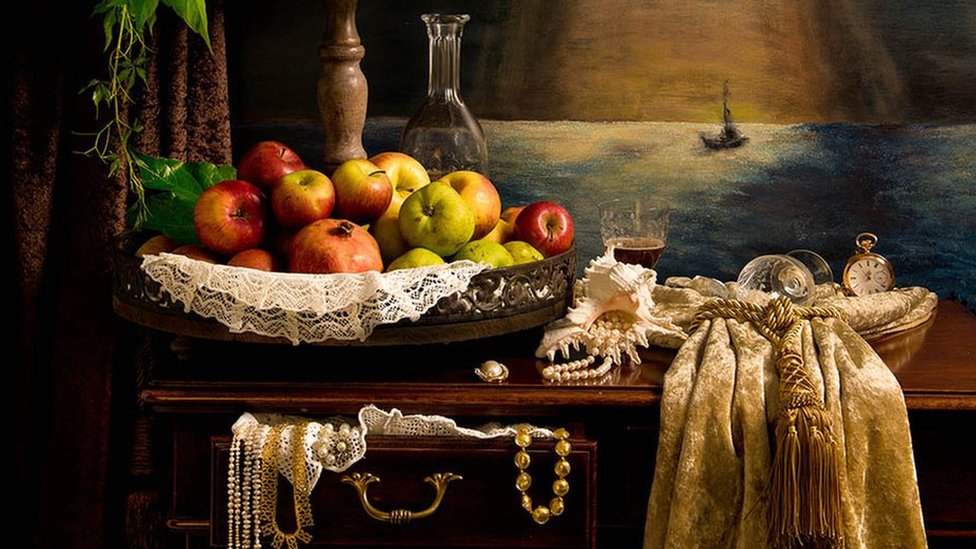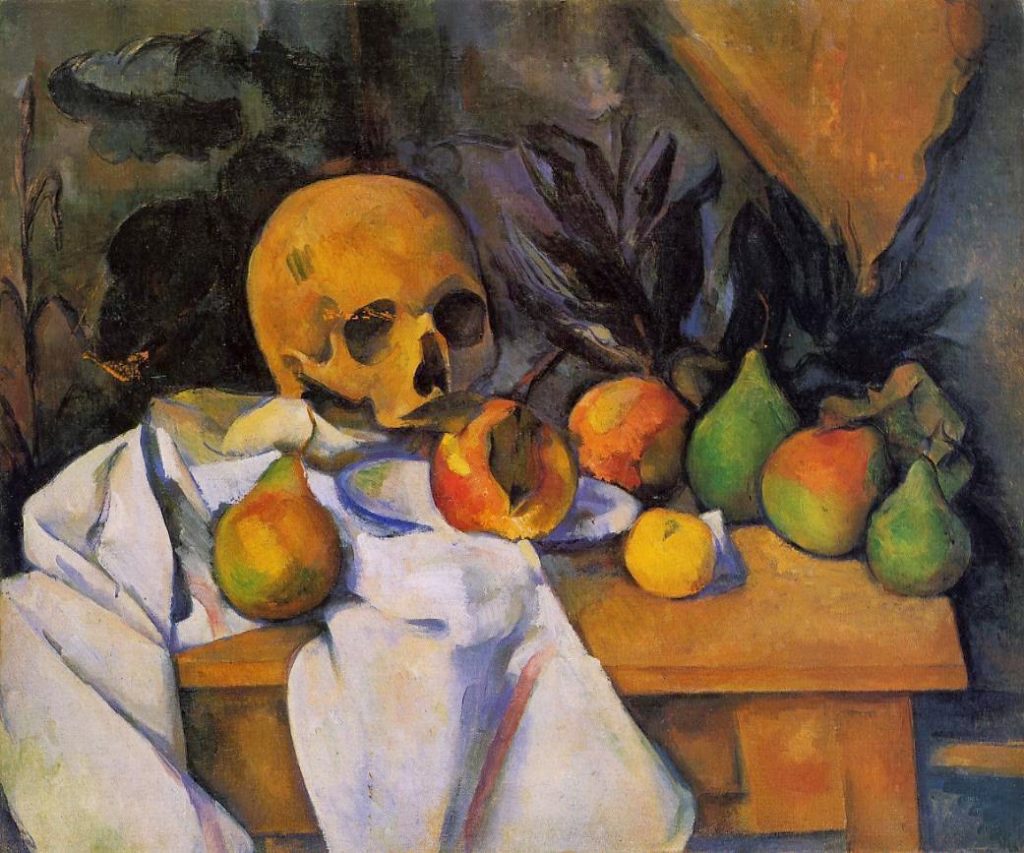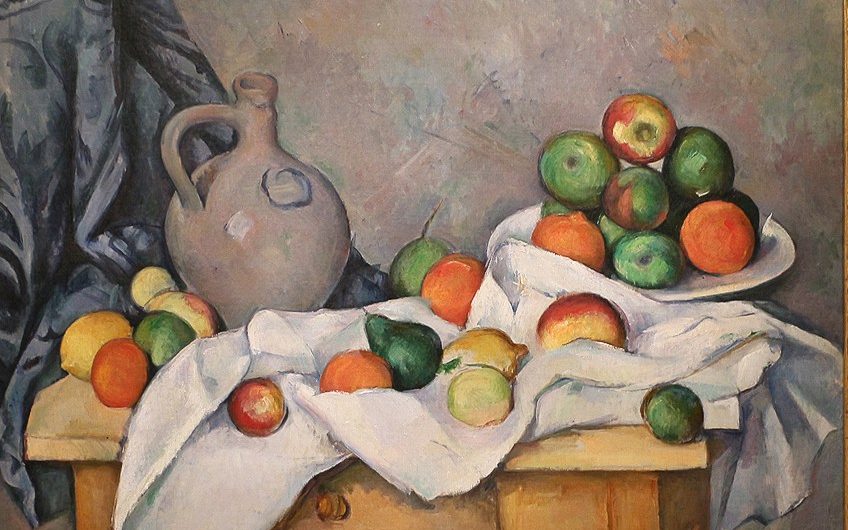Still-life paintings
Still life in art date all the way back to the ancient Greaco-Roman paintings representing fruit and other provisions in the 16th and 17th century. Fruits are some of the most common subjects in still-life paintings over the centuries, paintings of fruit offered a variety of religious and mythical symbols. For example, in Christianity, apples symbolize Eve eating the forbidden fruit in the Garden of Eden. Skulls were also often depicted by artists in still life paintings over the centuries, expressing the transience of life and the futility of materialism, painting these skulls was also a striking reminder of the certainty of death. Silver and gold were often depicted in these paintings also, the inclusion of precious metals in still-life paintings may showcase an artist’s skill at accurately depicting reflective textures or a patron’s collection of expensive objects.
Still-life photography
Still-life photography’s origins reside in the early 20th century. Art photographers emerged such as Baron Adolf de Meyer, who was known for his highly artistic approach to photography. Still-life photography followed the same path of still-life paintings of using fruit and other provisions and produced many classical works. Photography even recorded the dead as a reminder of death and mortality.
There are two different types of still-life photography which are found still-life and created still-life. Found still-life is photography that contains a combination of found subject, symbolic objects, and natural lighting. The visual message is concerned with the transitory nature of life, and the inevitability of death. However, created still-life is when a photographer creates an image with almost full control over lighting, mood, and composition. Because photographers directly influence the image creation process, still life photos reflect the creativity and style of the photographers themselves.



Processed with VSCO with j5 preset
Painting analysis
This painting is made up of carefully placed objects, placed on a table in a dark room. The main object is a skull, which is placed on top of some books, with a writing quill placed in front and a glass goblet resting on the side of the skull. The skull represents death and mortality in the painting, while the goblet represents that even though life might be full of pleasures it still ends. The quill and books represent knowledge, but paired with the skull it portrays that this knowledge is worthless as life ends anyway. The subjects in the painting have quite a dark deeper meaning.




